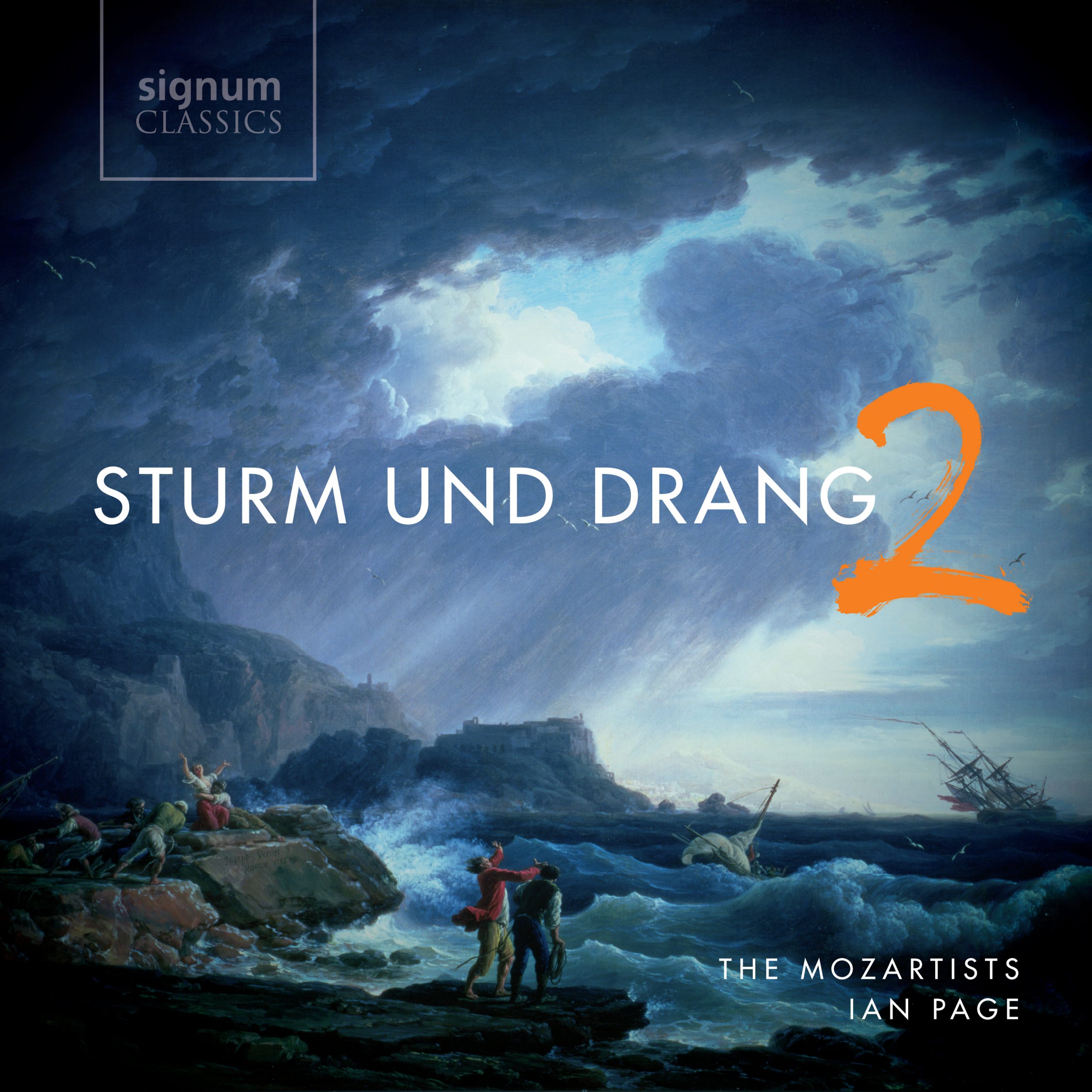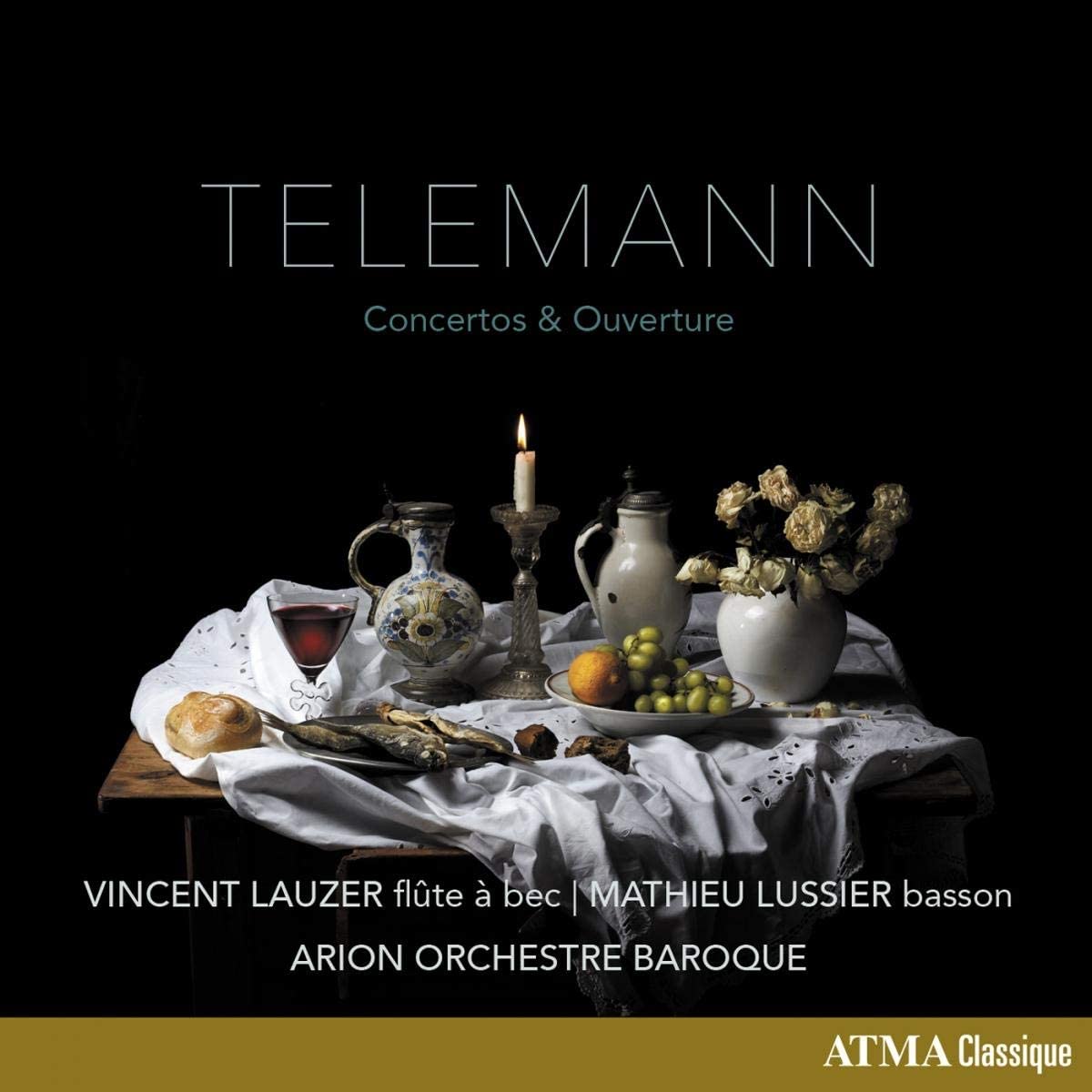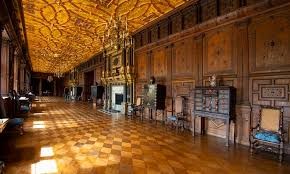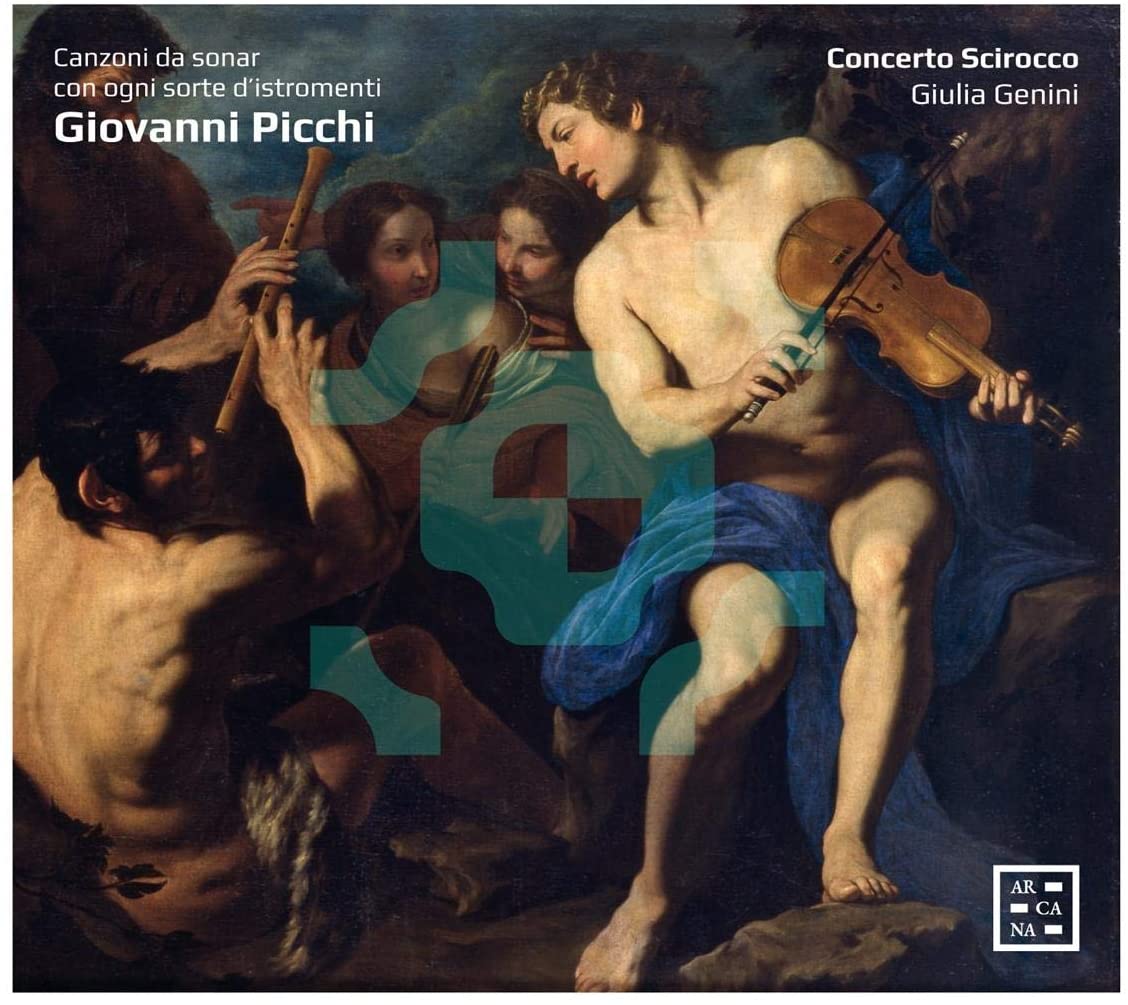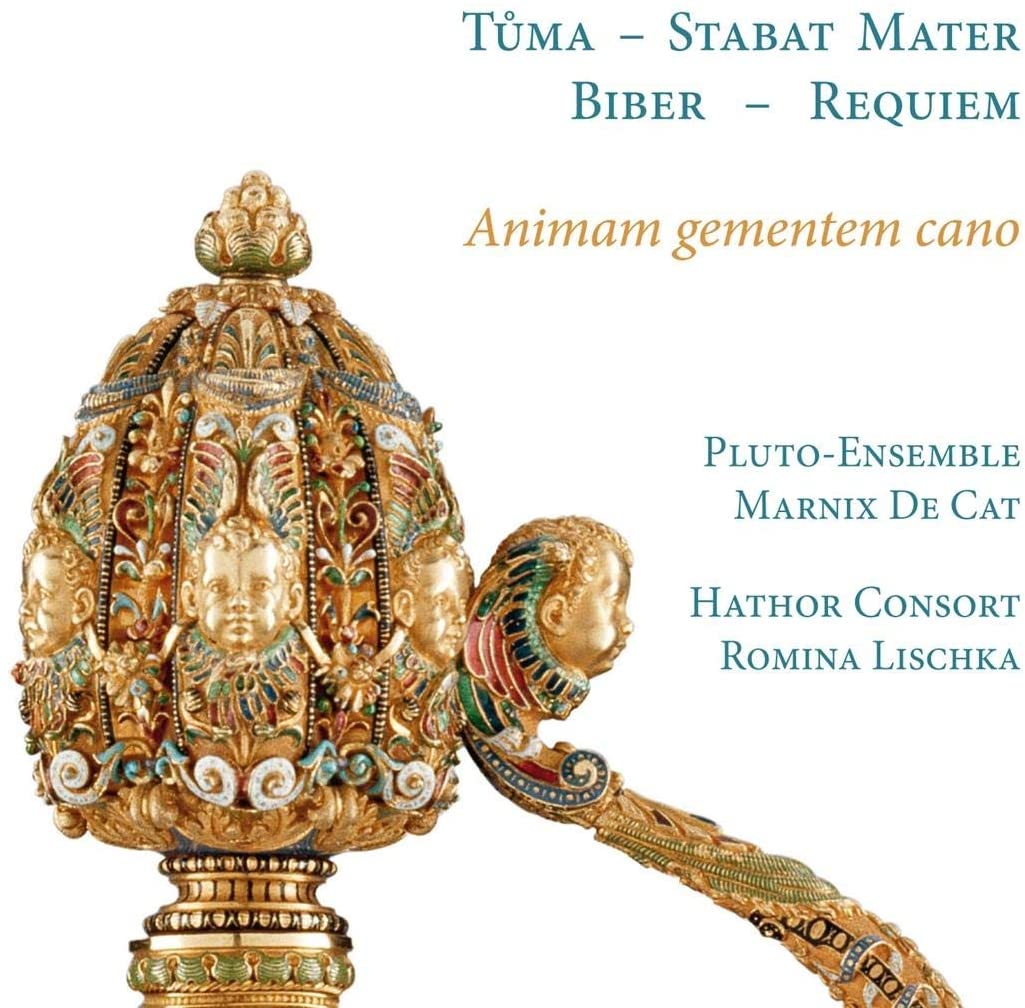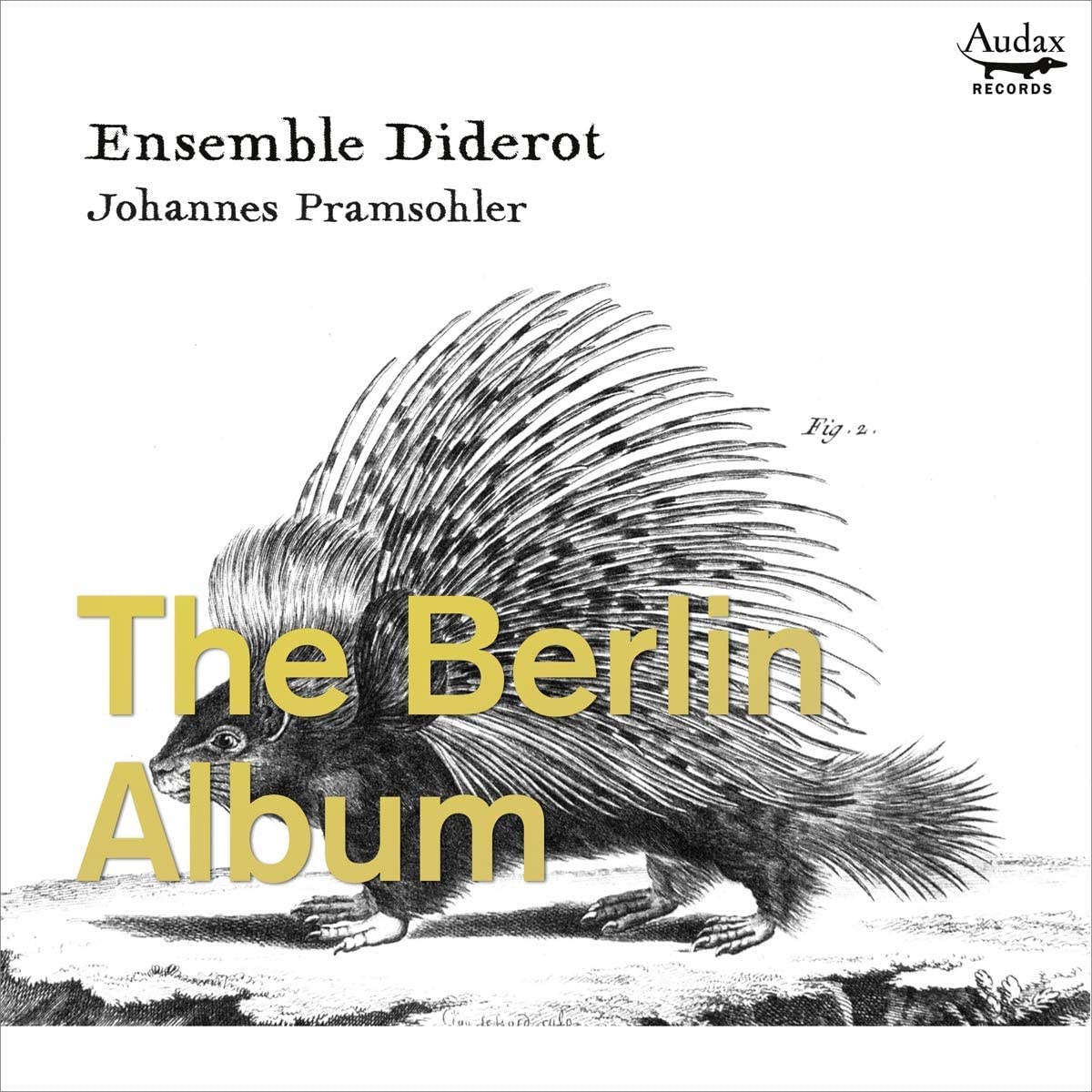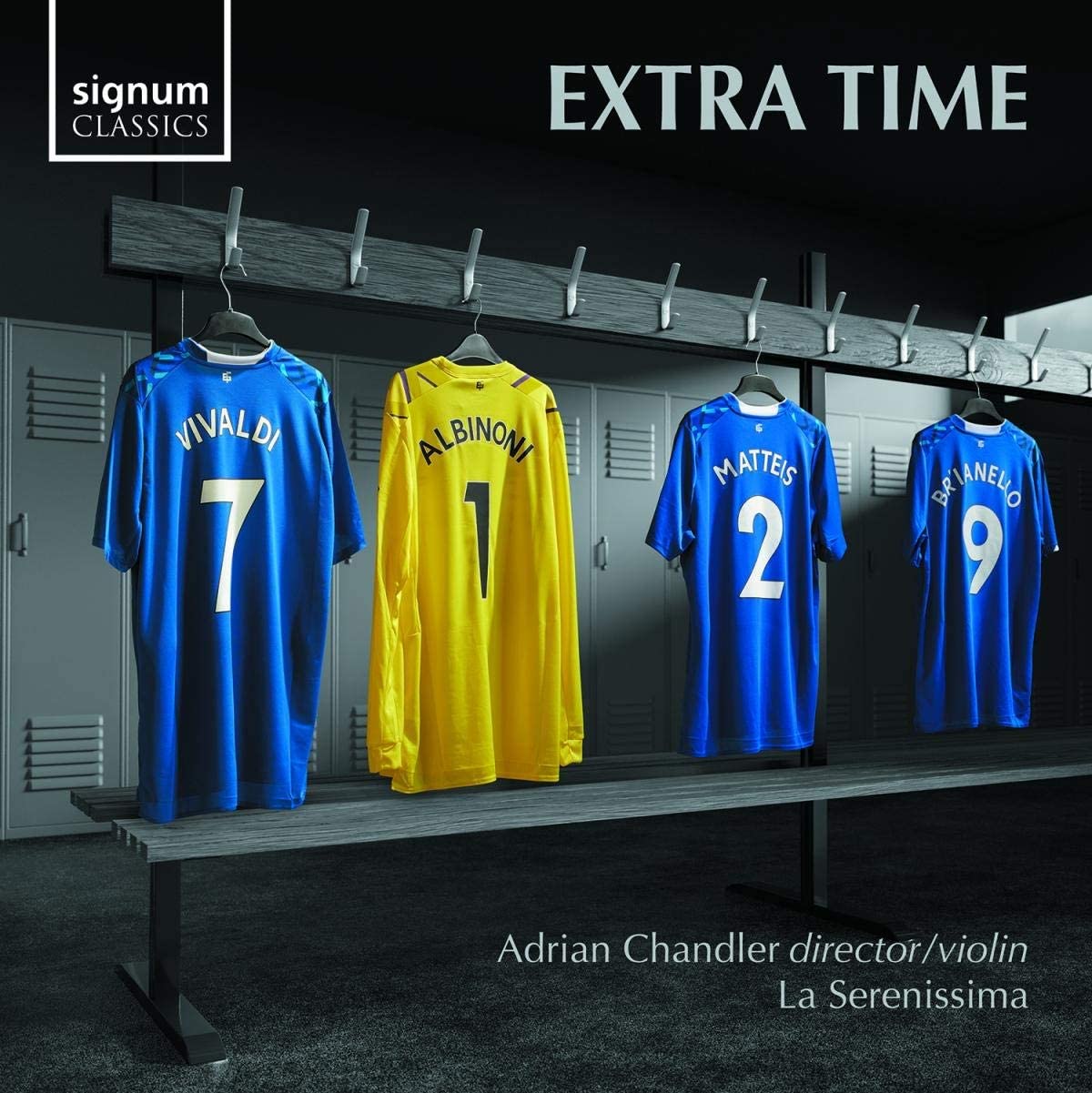Margot Rood, Aaron Sheehan, Jesse Blumberg, Boston Early Music Festival Vocal & Chamber Ensembles, Paul O’Dette, Stephen Stubbs, Robert Mealy
72:55
cpo 555 097-2
Click HERE to buy this on amazon.co.uk
Well, for any who think of Lalande solely as a composer of splendid grands motets and other sacred music, here is the secular corrective in the shape of two delightful one-acters first performed in 1683, revived by the Boston Early Music Festival in 2016 and finally recorded in 2019. In Les Fontaines…, the gods and goddesses represented in the Versailles garden statuary pay tribute to the king, while Le concert …, first heard a few weeks later, compliments a leading physician of the time who served the court, especially the Dauphine.
Thorough preparation and unity of purpose are the hallmarks of Boston productions and the performances here maintain this tradition. The singing captures well the elusive style required and the instrumental contributions sparkle. The continuo section is particularly good – sonorous and supportive without ever becoming silly or intrusive. Overall musical continuity between the short numbers is also excellent.
Between the dramatic items, we hear a Grande Pièce from the collection of ‘background music’ that Lalande composed to accompany meals at Versailles. Apparently, this was a favourite of the king and the players take the chance to show us why – I especially enjoyed the liberation of the bassoon from the bass line to a melodic tenor register role.
The booklet (English, German and French) is a chunky affair with a lengthy (though also very good) essay, the usual performer biographies and texts/translations. But I have to say that I found the font size a challenge and whoever was in charge of production should have allowed for the binding space needed on the inner margins of each page. It’s always a shame when the performers are not perfectly supported in such matters: this ensemble deserves nothing less.
David Hansell

